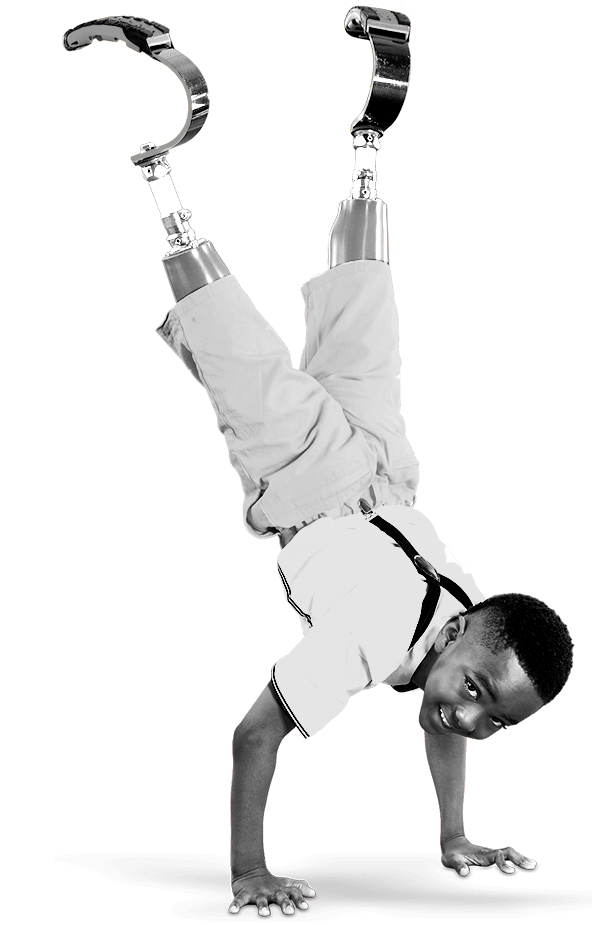
Jan 10, 2018 / Research & Innovation
#SRHaccess Facebook LIVE Recap: Unique Prostheses
On this week’s Facebook live, Dwight Putnam joined us to discuss unique prostheses and how they help give children back their childhood. Below is a recap of the conversation.
As a certified prosthetist, what is Dwight’s role with our patients?
As a certified prosthetist, what is Dwight’s role with our patients?
- He creates and fits patients for their prosthetic limbs, anything from a finger to an entire leg.
- It is an interesting and challenging job that allows him to watch these patients grow into adults and see them succeed in various activities and sports.
- Wide age range: 11 months old, when the baby is beginning to walk all the way until the patient turns 18 years old.
- As the patients grow, the prosthetics team can work with them as their needs change to help make those adjustments easy for them.
- Nine months to a year life span.
- Once the child has grown out of the prosthesis, they come back to the hospital to receive a new one.
- The design of the prosthesis stays the same, but the size changes.
- Golf
- Baseball
- Horseback riding
- Bicycle riding
- Guitar
- Playing an instrument
- From creation to fitting, receiving your prosthesis is a six to eight-week process.
- The patient will be seen by one of our orthopedic doctors in the prosthetic clinic.
- The need for a prosthesis is determined in clinic. The process does not happen overnight. The patient and family will meet with various hospital staff including orthopedic doctors, psychology, prosthetics and physical therapy to make sure everyone is on the same page.
- Once the decision for the patient to receive a prosthesis has been made, the patient’s residual limb will be casted.
- Two weeks later, the cast will be filled with liquid plaster to create a positive model for the prosthesis to be made from.
- Two weeks after the positive model is made, the patient will come in for their test socket fitting. This fitting will determine any problems with the socket. The patient will be asked to weight-bear while wearing the test socket to make sure it is comfortable in a standing position.
- The final step is the dynamic alignment. The patient will walk while wearing the prosthesis to make sure if fits correctly and is comfortable.



